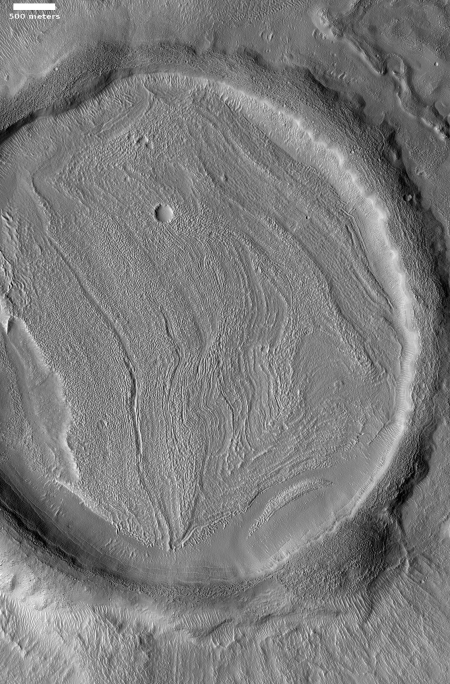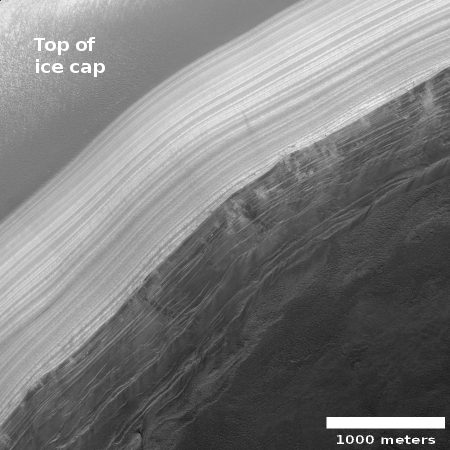Study: 50% of all small businesses to vanish due to Wuhan lock downs
The Great Wuhan Depression: According to a new survey, it is predicted that 50% of all small businesses will vanish in the next six months due to losses incurred because of the government-imposed Wuhan flu shut downs.
The study also predicts that another 12% will go bankrupt in the next month. That’s 62% of all small businesses, gone in a flash, leaving their owners and all of their employees jobless. And though it is only implied at the link, the loss of those businesses will ripple outward, causing more businesses to fail. The consequences will be horrifying.
“Before the pandemic, food policy experts say, roughly one out of every eight or nine Americans struggled to stay fed. Now as many as one out of every four are projected to join the ranks of the hungry, said Giridhar Mallya, senior policy officer at the Robert Wood Johnson Foundation for public health,” the AP reported Tuesday.
And that’s just in the states. On a global level, the United Nations has predicted that hundreds of thousands of children may die before year’s end specifically because of the economic realities being engendered by the current crisis. “Economic hardship experienced by families as a result of the global economic downturn could result in hundreds of thousands of additional child deaths in 2020, reversing the last 2 to 3 years of progress in reducing infant mortality within a single year,” a U.N. report published last month reads. “And this alarming figure does not even take into account services disrupted due to the crisis – it only reflects the current relationship between economies and mortality, so is likely an under-estimate of the impact.” [emphasis mine]
As I have written repeatedly, when you find yourself in this kind of crisis, you need to rationally and calmly do a cost-benefit analysis, figuring out the best solution that will do the least harm, to the most people. In this case a likely smart move would have been to look at the early data, now confirmed, that showed the the disease was only a serious threat to the old and sick, and that to the young and healthy the Wuhan flu was no threat at all. A wise plan then would have focused on protecting the elderly and the sick, while letting the rest of the population not at risk live their lives normally, get infected, and develop antibodies to the disease so that the epidemic would peter out quickly — as has been done with every flu-type epidemic for more than a century.
That would have been a rational approach, reasonable and likely very successful. It would not have prevented all deaths from COVID-19, but then no plan could. What it would have done is minimize the damage as much as possible.
Instead, our politicians, in their never-ending partisan battles, depended not on the data but on faulty computer models, which have been routinely found to be inaccurate and unable to predict anything. Those models, vastly wrong, said that millions would get sick and hundreds of thousands would die, and this would all happen in a matter of weeks. The politicians panicked, and destroyed the economy, even as they enforced policies that actually exposed the elderly and the sick directly to the disease, causing many more to die than was necessary.
The consequences of this madness in the coming years will be hard to measure. We can hope that the economy might recover. We can hope that our government will back off and reinstate its respect for the law, the Constitution, the Bill of Rights, and its citizens.
We can hope. I have no idea however if this is a vain hope. I am not optimistic.
The Great Wuhan Depression: According to a new survey, it is predicted that 50% of all small businesses will vanish in the next six months due to losses incurred because of the government-imposed Wuhan flu shut downs.
The study also predicts that another 12% will go bankrupt in the next month. That’s 62% of all small businesses, gone in a flash, leaving their owners and all of their employees jobless. And though it is only implied at the link, the loss of those businesses will ripple outward, causing more businesses to fail. The consequences will be horrifying.
“Before the pandemic, food policy experts say, roughly one out of every eight or nine Americans struggled to stay fed. Now as many as one out of every four are projected to join the ranks of the hungry, said Giridhar Mallya, senior policy officer at the Robert Wood Johnson Foundation for public health,” the AP reported Tuesday.
And that’s just in the states. On a global level, the United Nations has predicted that hundreds of thousands of children may die before year’s end specifically because of the economic realities being engendered by the current crisis. “Economic hardship experienced by families as a result of the global economic downturn could result in hundreds of thousands of additional child deaths in 2020, reversing the last 2 to 3 years of progress in reducing infant mortality within a single year,” a U.N. report published last month reads. “And this alarming figure does not even take into account services disrupted due to the crisis – it only reflects the current relationship between economies and mortality, so is likely an under-estimate of the impact.” [emphasis mine]
As I have written repeatedly, when you find yourself in this kind of crisis, you need to rationally and calmly do a cost-benefit analysis, figuring out the best solution that will do the least harm, to the most people. In this case a likely smart move would have been to look at the early data, now confirmed, that showed the the disease was only a serious threat to the old and sick, and that to the young and healthy the Wuhan flu was no threat at all. A wise plan then would have focused on protecting the elderly and the sick, while letting the rest of the population not at risk live their lives normally, get infected, and develop antibodies to the disease so that the epidemic would peter out quickly — as has been done with every flu-type epidemic for more than a century.
That would have been a rational approach, reasonable and likely very successful. It would not have prevented all deaths from COVID-19, but then no plan could. What it would have done is minimize the damage as much as possible.
Instead, our politicians, in their never-ending partisan battles, depended not on the data but on faulty computer models, which have been routinely found to be inaccurate and unable to predict anything. Those models, vastly wrong, said that millions would get sick and hundreds of thousands would die, and this would all happen in a matter of weeks. The politicians panicked, and destroyed the economy, even as they enforced policies that actually exposed the elderly and the sick directly to the disease, causing many more to die than was necessary.
The consequences of this madness in the coming years will be hard to measure. We can hope that the economy might recover. We can hope that our government will back off and reinstate its respect for the law, the Constitution, the Bill of Rights, and its citizens.
We can hope. I have no idea however if this is a vain hope. I am not optimistic.



